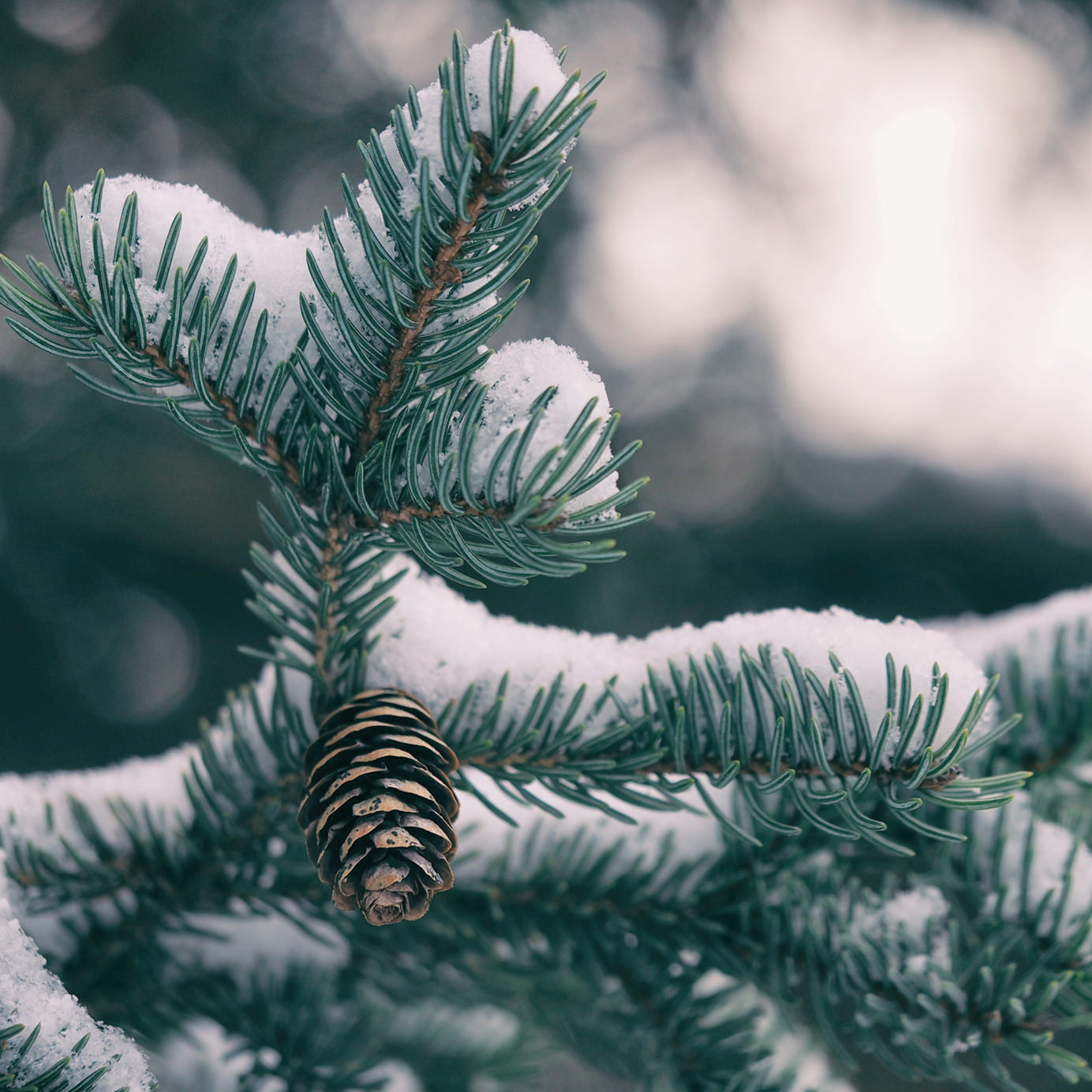‘Tis the season, and that means Christmas beer. The seasonal style has a long history in brewing cultures worldwide, from France’s bière de Noel, to Germany’s weihnacht, to contemporary American iterations from Elysian, Anchorage, and many others.
The Beer Judge Certification Program sets out certain guidelines for what characterizes a Christmas beer. To qualify, a Christmas beer should be “a stronger, darker, spiced beer that often has a rich body and warming finish suggesting a good accompaniment for the cold winter season.”
It wasn’t always this way. The evolution of Christmas beers mirrors that of human geography and organized religion. As many Western societies changed, moved, and developed throughout the last millennium, they did so with a seasonal beer in hand.
Our story begins in pre-Christian Scandinavia. Vikings would brew winter beers during “Jul,” also known as “Yule,” in late December to honor Norse gods and the winter solstice. As Christianity was introduced to the region in the 10th century, certain laws actually mandated its citizens create Christmas beers to honor the new deities and earmark the holiday. Failure to do so could result in fines or forfeiture of property.
These early Christmas beers tended to be characterized as dark and malty. Scandinavian immigrants to the United States in the 18th century brought their brewing technologies, and esteem for brown, wintry Christmas beers.
Meanwhile, countries throughout Europe created their own versions. Stella Artois, the ubiquitous Belgian lager, actually debuted as a Christmas beer in 1926. The word “stella,” Latin for star, was intended to commemorate the Christmas star. But Stella Artois was not characteristic of the dark, malty Christmas beers from Scandinavia, or of the Christmas beers to come in the 20th and 21st centuries.
Today, almost any style of beer brewed during the holiday season is marketed as a Christmas beer. Domestically, the style typically continues to be dark and malty, with notes of cinnamon or clove.
Ready to toast the variety of Christmas beers on the market today? Below are a few favorites.
Shiner Cheer: Hailing from Shiner, Texas, this beer exhibits peach candy aromas, a light body, and a pronounced sweetness. A prime example of how varied the Christmas style has become. 5.4 percent ABV.
Elysian Bifrost: “That’s a f*cking Christmas beer right there,” former VinePair staffer Nick Hines says. The beer has a thick body, notes of pine, subtle orange pith, and an earthy aftertaste. 8.3 percent ABV.
Struise Tsjeeses Reserva Belgian Xmas Ale: Flavors of tawny port, molasses, and black licorice. 10 percent ABV.
To Øl Shameless Santa: Black cherry, dark fruit, and molasses flavors. Dry yet refreshing, with just enough bitterness. 10 percent ABV.
Anchorage Brewing Company Rondy Brew Saison with Brett: A personal favorite, this beer has a sour flavor with a slight touch of oak, and a hazy appearance. 6 percent ABV.
